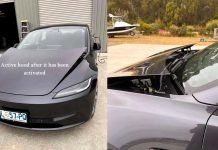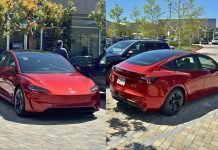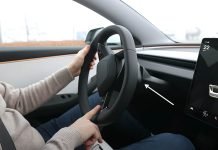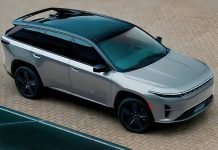An aggrieved customer has filed a complaint against the Tata Nexon because the EV has not “performed as per expectations” in terms of range. The Delhi Government responded by suspending the subsidies for the Nexon EV.
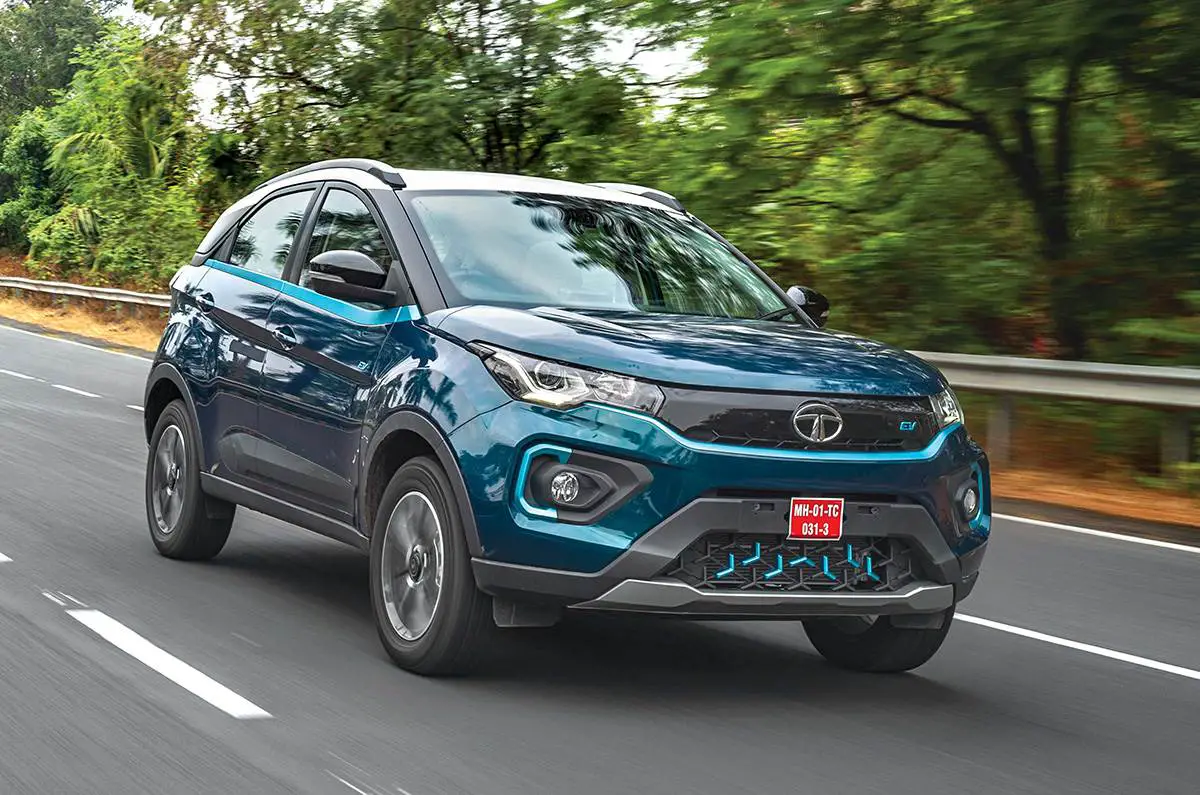
The Tata Nexon is one of the few EVs available in India
A Customer has filed a complaint because of the inaccuracy in the ARAI rated range.
What has happened so far?
The customer stated in his complaint that the car has a range lower than 200 km, as opposed to the company’s claimed range of 312 km. In a rather surprising turn of events, the Delhi Government responded by issuing a show-cause notice to Tata Motors. Along with this, they have also suspended the subsidies that the Nexon EV receives on taxes. Tata Motors released a statement in response to the same. The statement outlines the points that the car meets the necessary requirements to receive the subsidy. It also states that the ARAI rated range is 312 km.
This is a typical run-of-the-mill reply to such a controversy, but with the case still pending in the High Court of Delhi, there isn’t much that the company can say either. But this is a blot on the company’s reputation in the market, and on EVs in general. Particularly considering how sensitive the Indian market is to such news.
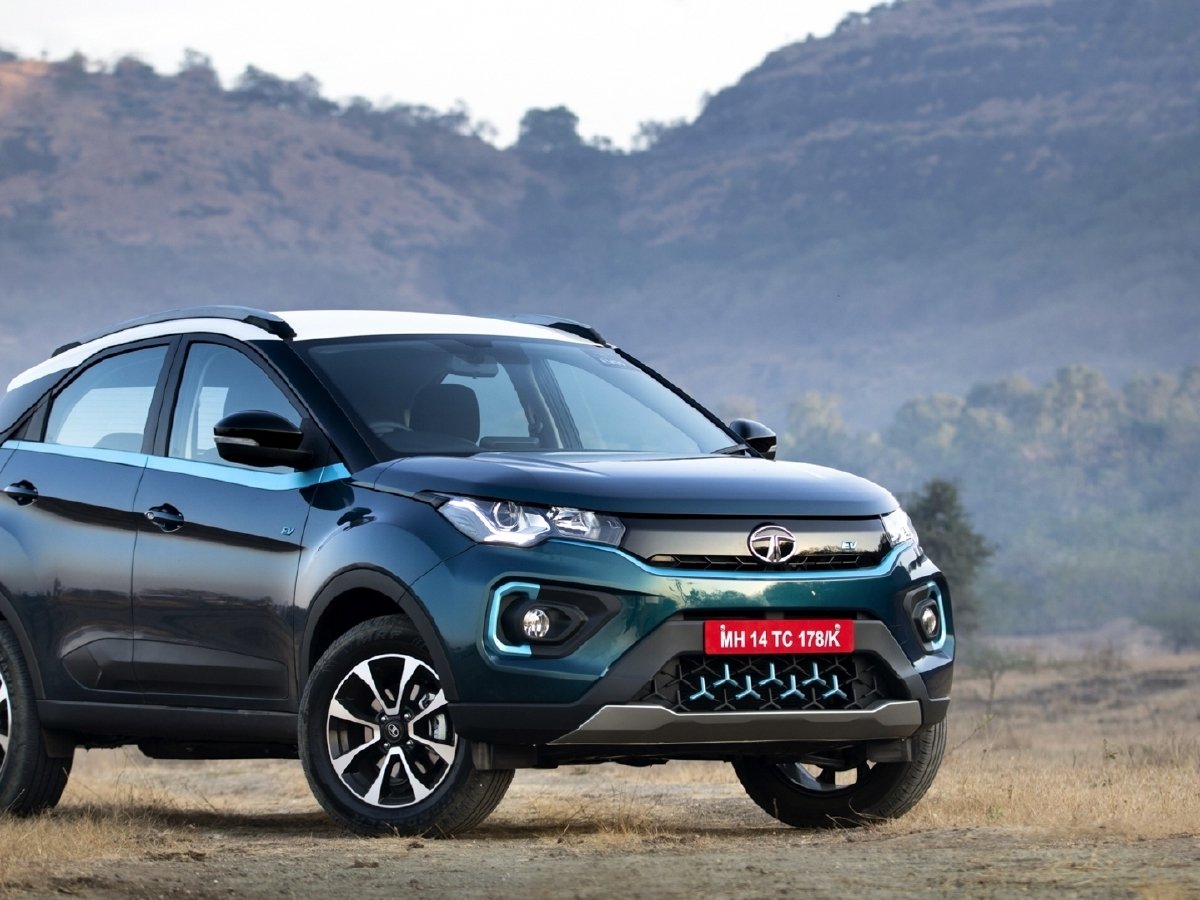
The Nexon EV is the best-selling EV in the Indian market right now.
What led to this problem
The Indian market has a simple system for the expected range for EVs. ARAI (Automotive Research Association of India) conducts tests on all new cars that enter the market. Subsequently, they release their results to give consumers a fair idea of what to expect from the car they are purchasing. But, these tests are rather pointless when we take a look at how they are conducted.
ARAI’s testing procedure for EVs.
Before starting with the procedure, there are some prerequisite conditions that have to be fulfilled while conducting the test. The ambient temperature must be between 20 and 30 degrees Celsius, tyre pressures and all mechanical bits must conform to the manufacturer’s prescribed standards. Before conducting the test it is ensured that the vehicle’s battery is fully charged. The air conditioner, headlights, audio system, indicators and other electrical systems are switched off. Finally, ARAI conducts the test on a sophisticated rolling road system. It ensures that the resistance provided is equivalent to the average permissible weight of the car.
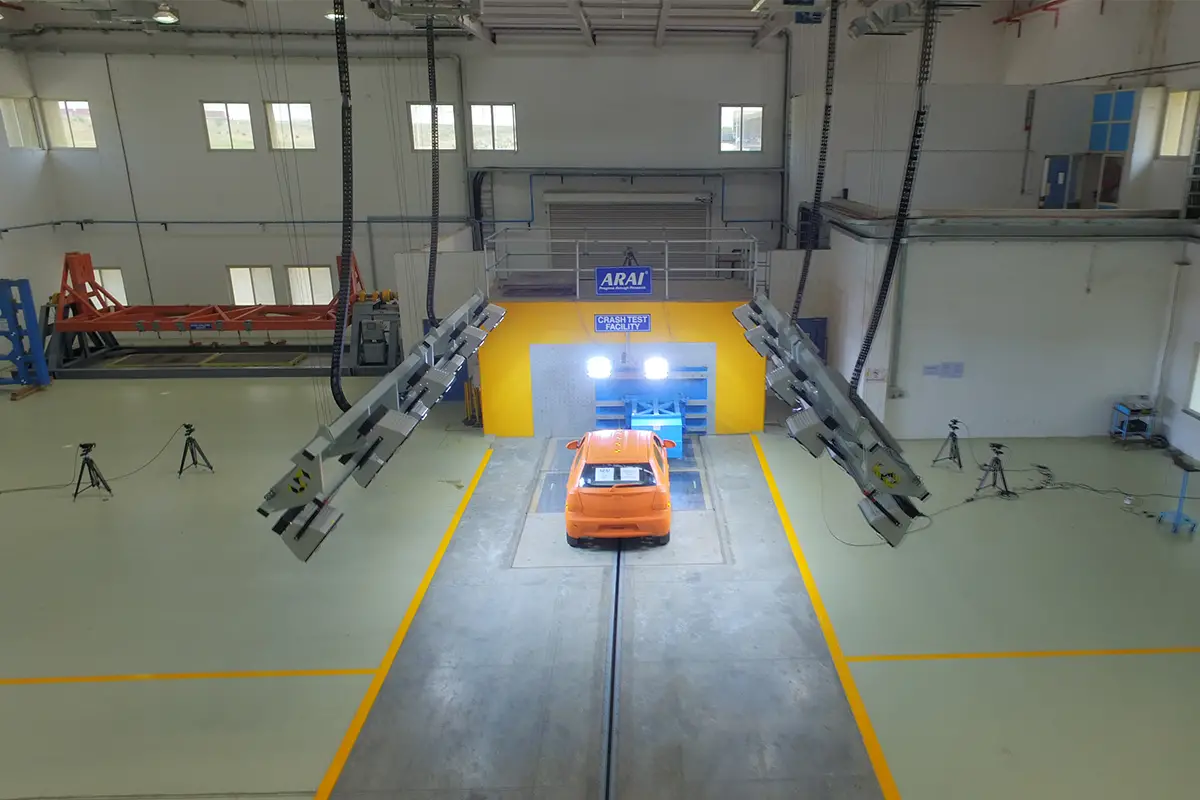
The testing facility at ARAI
All these conditions are considered to be ideal for the functioning of an EV. However, these are not similar to real-world conditions. The usage of all other electrical systems consumes a lot of battery and the ambient temperatures are lower than the temperature in most parts of the country. Tyre pressures keep varying with usage. The basic wear-and-tear of a car means that it is not possible for all mechanical bits on a car to be in perfect condition all the time. The test doesn’t consider any of these situations. This leads to inflated results and expectations.
Another problem is that the ARAI test doesn’t consider highway driving in its testing. For EVs, highway driving drains a lot of battery as there is no regeneration of energy through braking. In city conditions, the constant stop-start driving leads to regeneration of energy through the brakes which in turn delivers better range. So any driving done on a highway or at higher speeds will definitely contribute to a lower range.
Results from Real-World tests
Real-world tests are the tests that include driving the car on actual roads and then finding out the range after usage in the real world. According to tests conducted by Autocar India, the Nexon EV has a real-world range of 208 km. This number seems closer to what the car actually achieves for customers. While this is not a particularly impressive number, it still gives prospective owners a fair idea of what their car can achieve. It also can be improved with a more laid-back driving style. The range of an EV does change drastically with driving style. This makes it very difficult to gauge exactly how the car will respond to a specific person’s driving.
What next for the Nexon EV?
At this moment, it is hard to imagine what will happen next. The case is still pending in the Delhi High Court, which makes it hard to comment on what can happen. It does provide us some food for thought when it comes to how the Indian market can tend to react to such situations. The suspension of subsidies was a rather strange move from the Delhi Government. The subsidies are granted to all passenger vehicles with a range of more than 140 km. While the Nexon might not be achieving the 312 km figure, it does outdo the requirements comfortably.
This will be an eye-opener for all prospective EV owners who trust the ARAI-rated range figures. It could also be an indicator that ARAI needs to change its testing systems, especially for EVs. One thing is for sure, the age-old question of “kitna deti hai?” is more relevant than ever.




